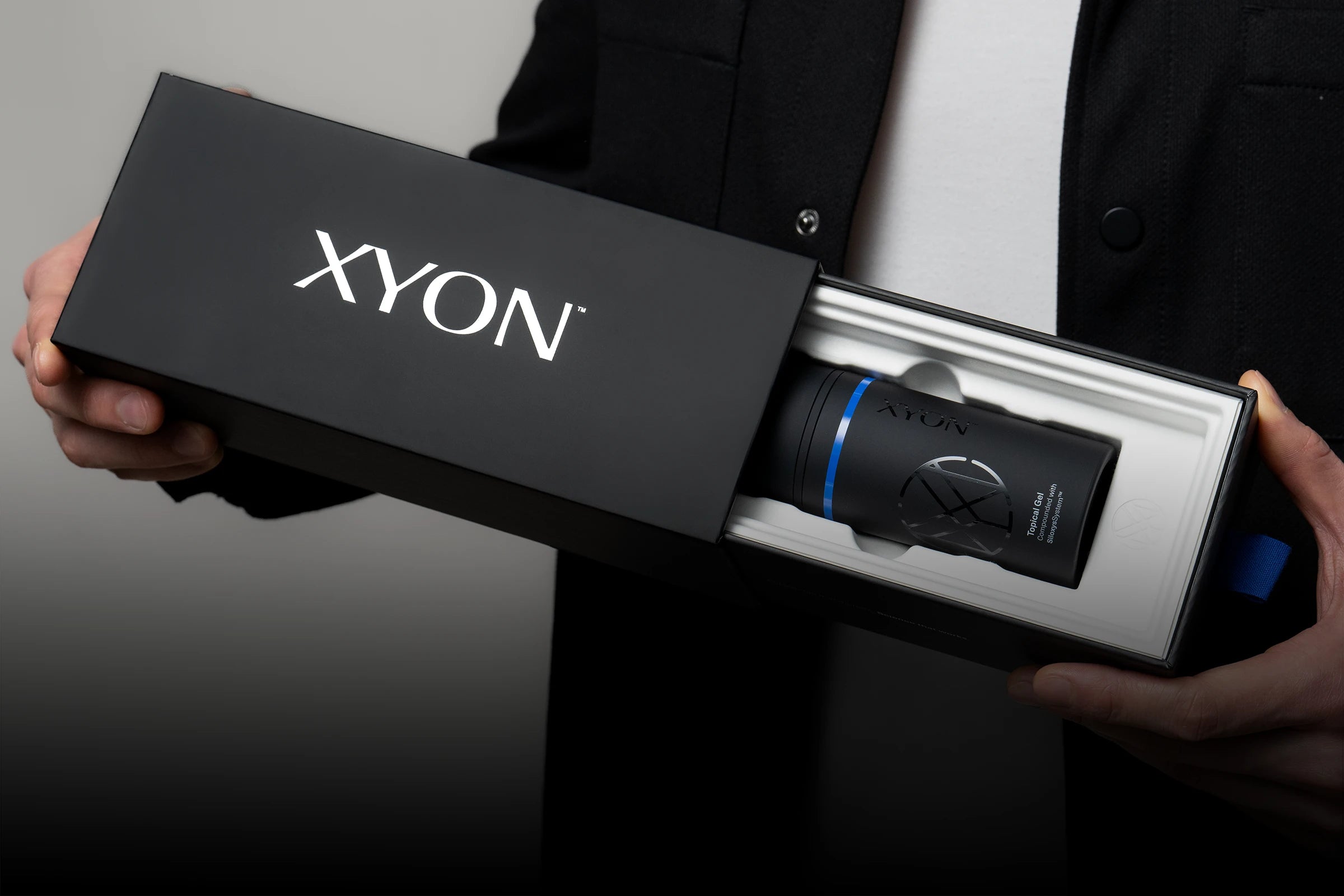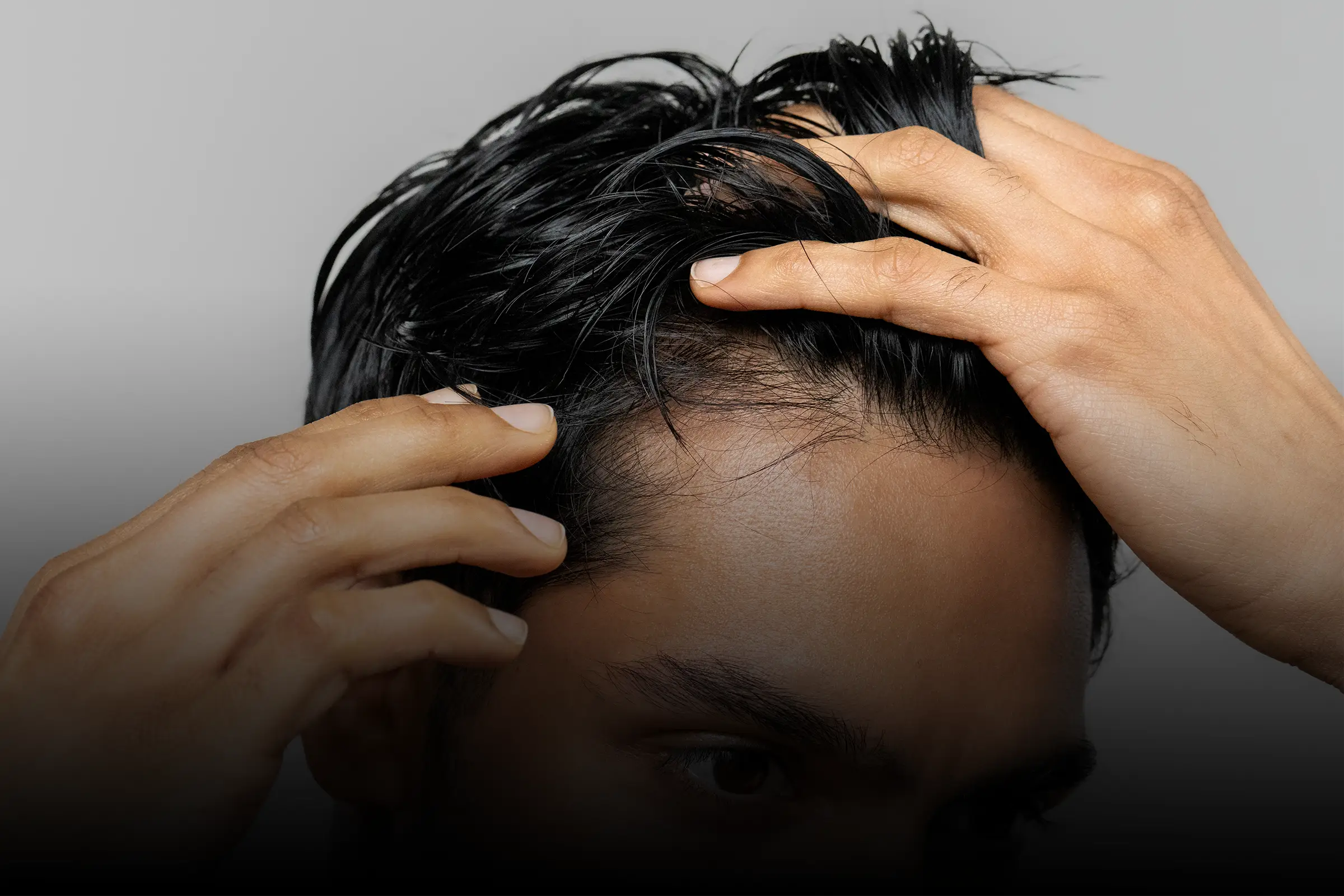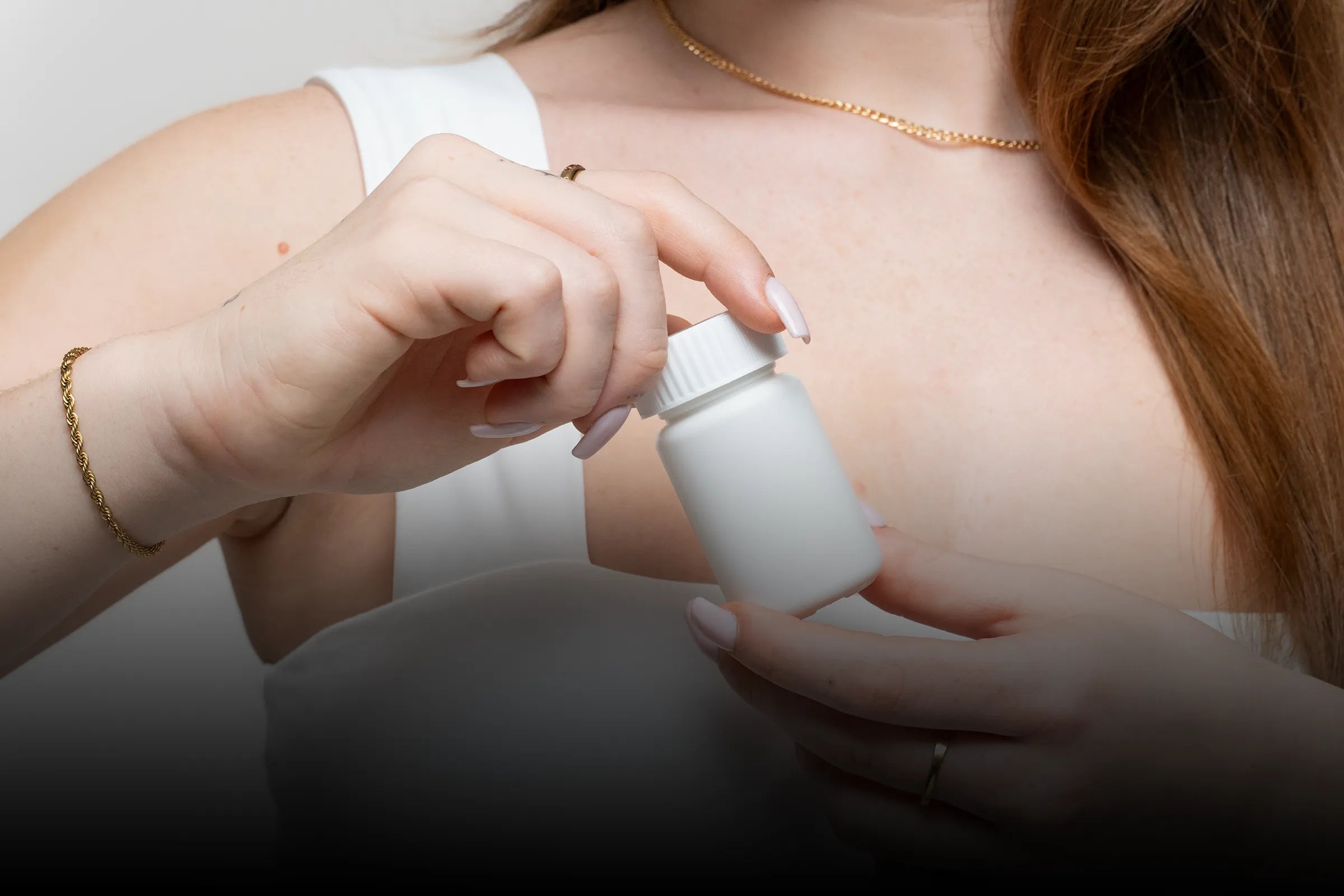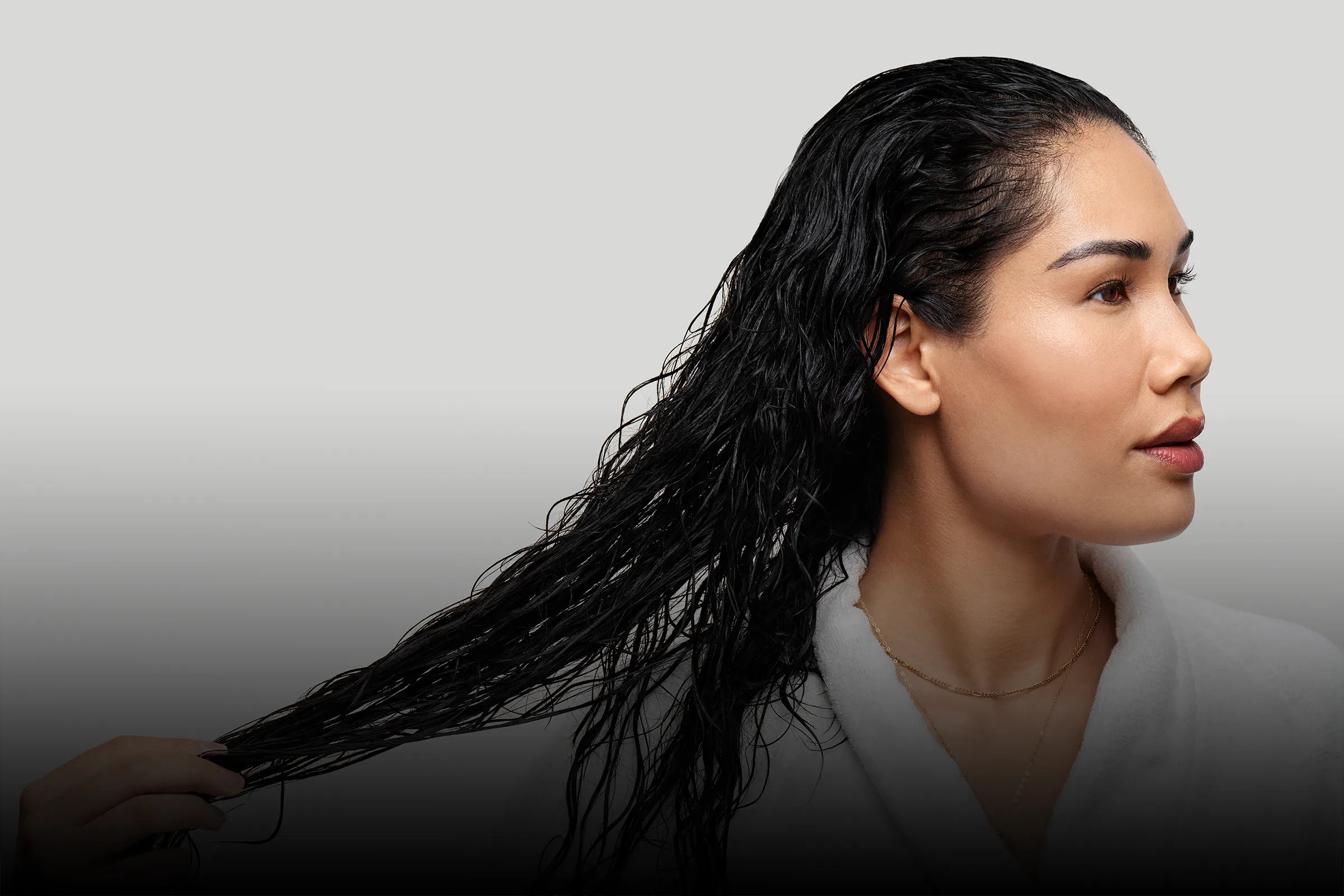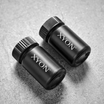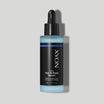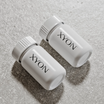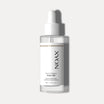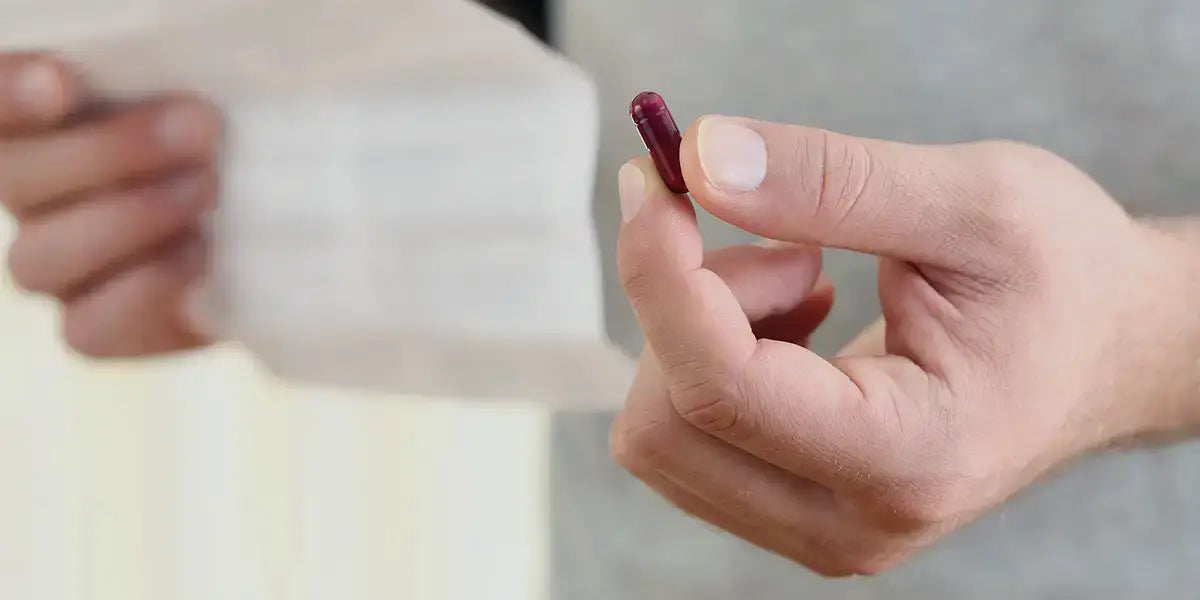Minoxidil has been used for decades to treat pattern hair loss. It’s available without a prescription as a topical lotion or foam and as an oral tablet, the latter only with a doctor’s prescription. When comparing topical and oral versions of a medication, there are often differences in terms of side effects. The goal of this article is to help you understand what these differences are and how they could affect which hair loss treatment you end up taking.
What is minoxidil?
Oral minoxidil is a medication that was first approved by the FDA in 1979 for the treatment of high blood pressure. During clinical trials, researchers observed that minoxidil also caused hair growth, which led to the pursuit of a topical minoxidil solution at a concentration of 2% as a treatment for androgenetic alopecia. This topical solution was approved by the FDA in 1988 and shortly after, a higher concentration 5% topical foam was also approved. Both the 2% and 5% topical formulations are available over-the-counter. The oral pill is also used to treat hair loss, but this is considered an off-label use and requires a doctor’s prescription.
Minoxidil is a vasodilator that causes blood vessels to relax, thereby increasing blood flow. Additionally, it’s been found to promote production of a growth factor responsible for generating new blood vessels. Together, these effects encourage greater oxygen and nutrient exchange within scalp tissues. It’s also thought that minoxidil acts on potassium channels in hair follicle cells to prolong the active growth phase and potentially shorten the rest phase of the hair growth cycle (Sharma et al., 2020). These effects contribute to the improvement of hair thickness, length and growth overall.
Interestingly, higher blood concentrations of minoxidil don’t appear to increase hair growth. The drug is transformed into a secondary form called minoxidil sulfate by an enzyme present in the hair follicles. It’s this secondary form that causes the beneficial pro-circulatory and hair growth cycle effects described above. There is quite a bit of variation in how much of this enzyme is produced within the population, which may explain why some people respond better to minoxidil than others (Anderson et al., 1998).
Our intake process takes minutes and every case is reviewed by a licensed doctor.
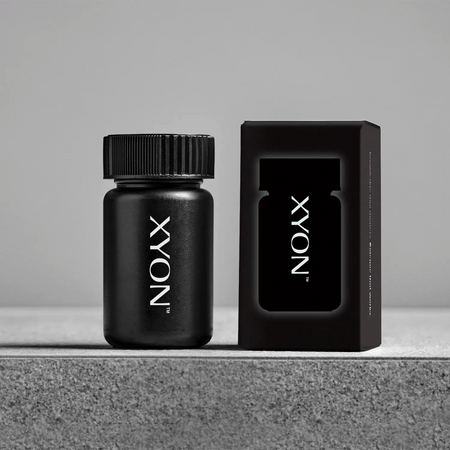
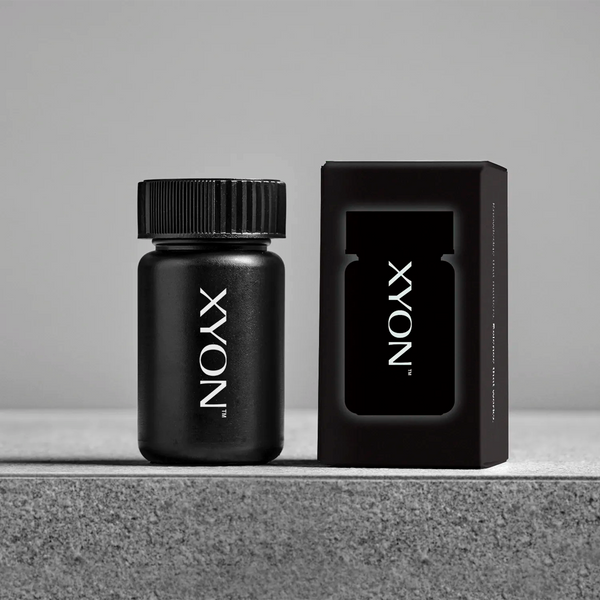
Getting a prescription for minoxidil is easy.
Does minoxidil have side effects?
Like almost any medication, minoxidil does have potential side effects. These side effects vary between the oral pill and topical formulations and are also concentration dependent. Let’s examine these differences in detail:
What are the side effects of oral minoxidil?
Oral minoxidil has been associated with the following side effects: low blood pressure, dizziness, rapid heartbeat, headache, hypertrichosis (excessive hair growth anywhere on the body) and pedal edema (swelling of the legs and feet). Clinical data indicates that higher doses of oral minoxidil (e.g. 5 mg) are more likely to be associated with side effects than lower doses. One large multi-centre study of lower dose oral minoxidil showed that hypertrichosis was the most common side effect. The overall adverse effect rate was low at about 5% (Vañó-Galván et al., 2021).
What are the side effects of topical minoxidil?
The most common side effects of topical minoxidil involve the skin and include: dryness, flaking or itching in the application area and hypertrichosis. Because it’s applied directly to the skin, there is a lower risk of systemic side effects with topical minoxidil. That being said, in clinical trials, higher concentrations of topical minoxidil have also been associated with a greater incidence of local skin reactions (Singh et al., 2022).
Skin reactions can result from exposure to ingredients present in the 2% topical solution, such as alcohol and propylene glycol. These ingredients help the medication enter the skin instead of sitting on top of it, but can cause dryness and/or irritant or allergic contact dermatitis. This skin irritation may become more apparent with prolonged use of topical minoxidil. The 5% topical foam does not contain these ingredients, so it may be slightly gentler on the skin.
Common to both topical and oral forms of minoxidil is the possibility of shedding, comparable to finasteride shedding. Clinically referred to as minoxidil induced telogen effluvium, this type of temporary shedding is thought to be caused by the shortening of the telogen (rest) phase of the hair growth cycle (Badri et al., 2023). This speeds up the rate at which old hairs are shed and is typically self-limiting.
Additional safety precautions for minoxidil
Minoxidil can be taken by most healthy patients with hair loss. However, there are some groups who should avoid minoxidil. These include women who are pregnant or breastfeeding, people suffering from severe hypertension (high blood pressure) or those who have a history of cardiovascular disease. In these cases, we recommend talking to a doctor to consider other options for hair loss treatment. Curious how minoxidil compares to finasteride? Consider reading this article on finasteride vs minoxidil treatment.
Side effects of minoxidil: Takeaway
Oral and topical forms of minoxidil are important agents used in the treatment of pattern hair loss in men and women. Like most treatments, there is a risk of side effects whether you take the oral form or one of the topical forms of the medication. The side effects of topical minoxidil formulations mainly affect the skin, while oral minoxidil is associated with more systemic side effects. In general, the incidence of these side effects is fairly low and the hair growth benefits of taking the medication outweigh the possible risks for most individuals. If you’re concerned about the side effects of minoxidil, or aren’t sure if it’s the right hair loss treatment for you, we encourage you to speak with your doctor.
